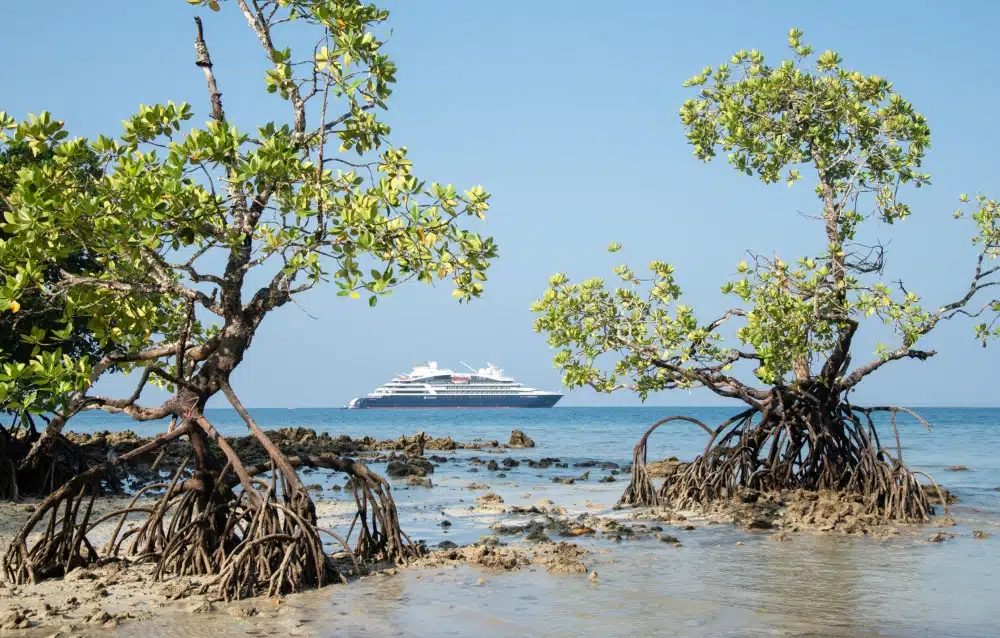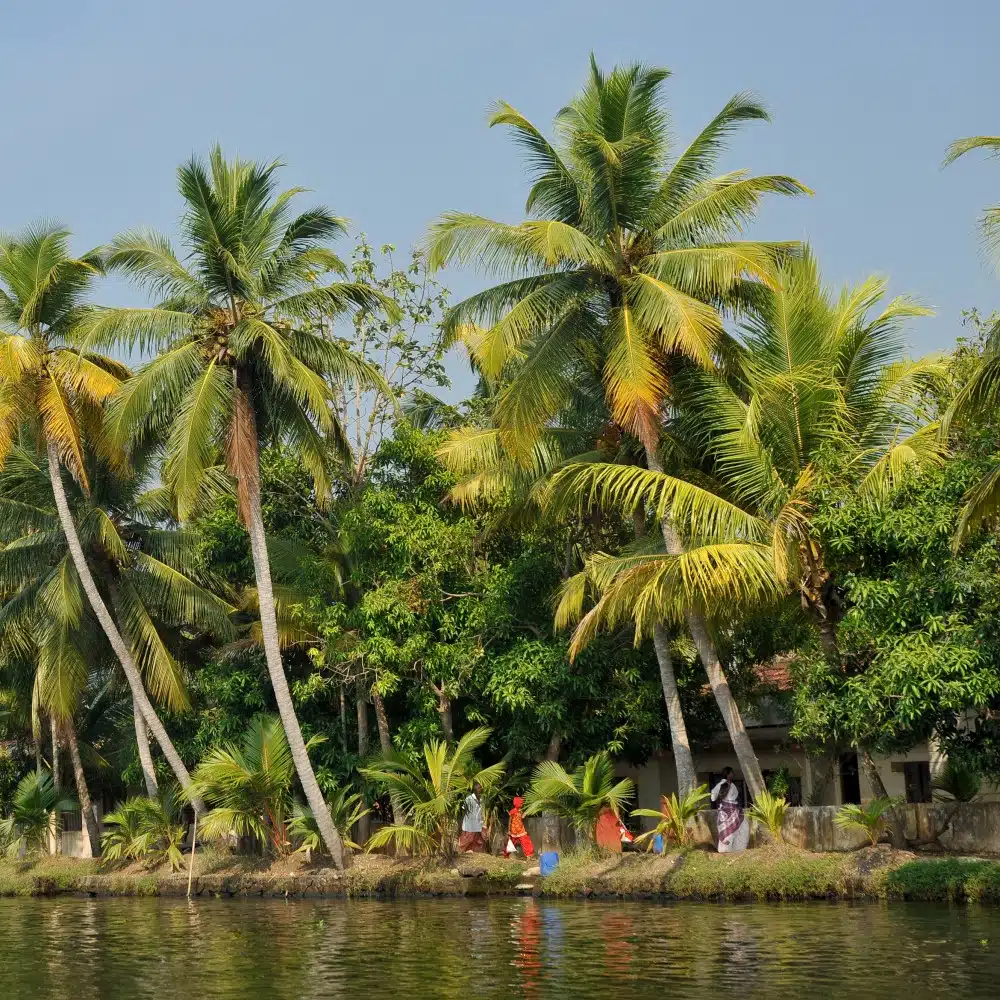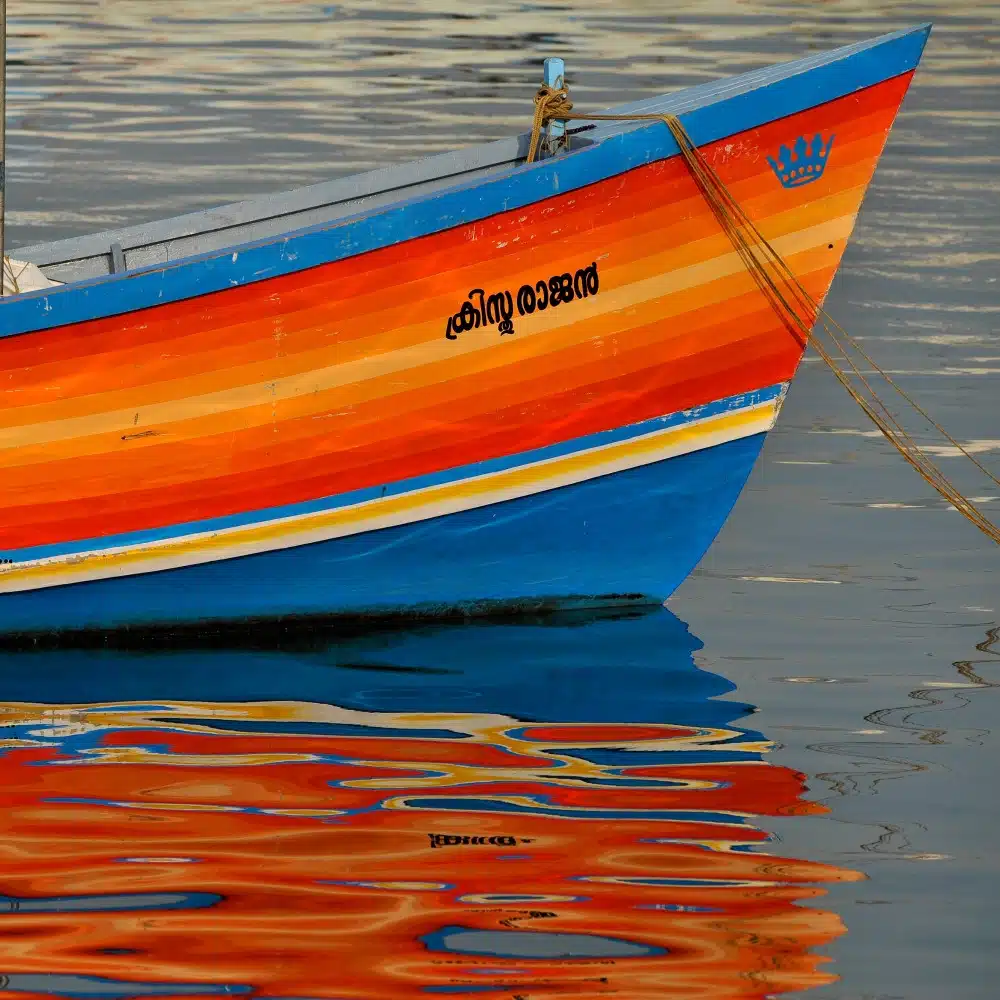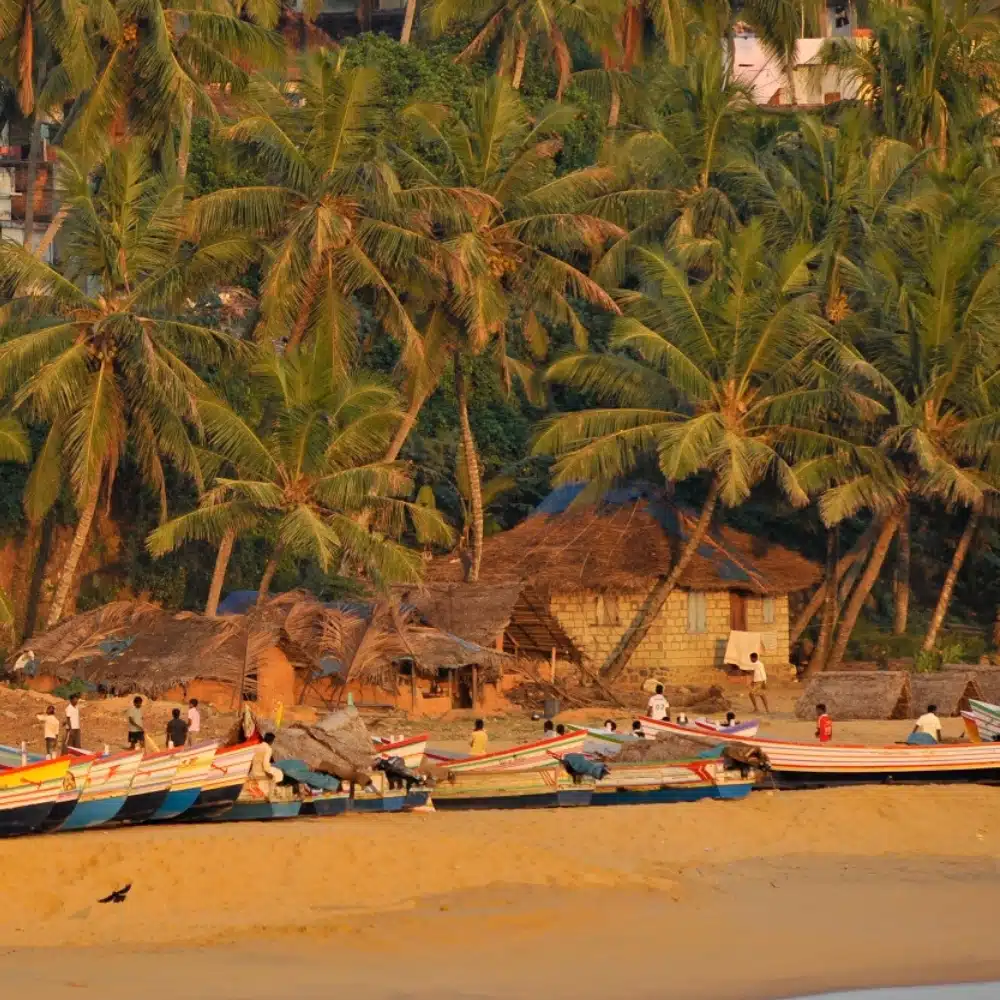The Indian subcontinent has been described as unfathomable. Its land is so vast, its cultures and religions so varied, and its past so complicated, it can seem impossible to crystallize its story. PONANT takes you on a luxury small-ship expedition cruise to some of the region’s most important port cities to help you unravel its elusive past and its colorful and thrilling present. Along the way, we visit three of its most significant sites, each protected by UNESCO.
The United Nations Educational, Scientific, and Cultural Organization (UNESCO) tirelessly preserves the world’s cultural treasures. In doing so, it tells the stories of humanity. How does architecture embody shared cultural values? How is the heritage of a place connected to history-shaping events? How can a single town be important to the history of us all?
We try to answer these seemingly unanswerable questions by taking you to as many UNESCO World Heritage sites as our itineraries allow. The beauty of our Treasures of India cruise, in particular, is in the larger illuminations that these sites provide about such a complex corner of the world. Here, we give you a preview of the trio of UNESCO sites you’ll visit:

Old Town of Galle and Its Fortifications
Today, we know the city that lies on Sri Lanka’s southwestern tip as Galle. But before the Portuguese came here in the 1500s, it was called Gimhathiththa. The Portuguese arrival was, of course, a turning point for the islanders, but also for Portugal.
In 1505, explorer Lourenço de Almeida landed here quite by accident, blown off course by a typhoon while en route to the Maldives. The island – named Portuguese Ceylon in 1597 – came to play a central role in the expansion of Portugal’s growing empire in Asia. All that changed in 1640, when the Dutch East India Company took control of the island. A few years after their arrival, the Dutch constructed the solid granite wall that still surrounds the Old Town. The sea wall and its 14 bastions were completed in 1729 and have changed little since.
Imagine, then, a strategic city built by the Portuguese and the Dutch, and you’ll understand the importance of Galle. Because of its seamless blend of European architectural styles and south Asia traditions, it stands as the best example of a European-built fortified city in the entire region, adapted as it is to the region’s geology, climate, and culture.
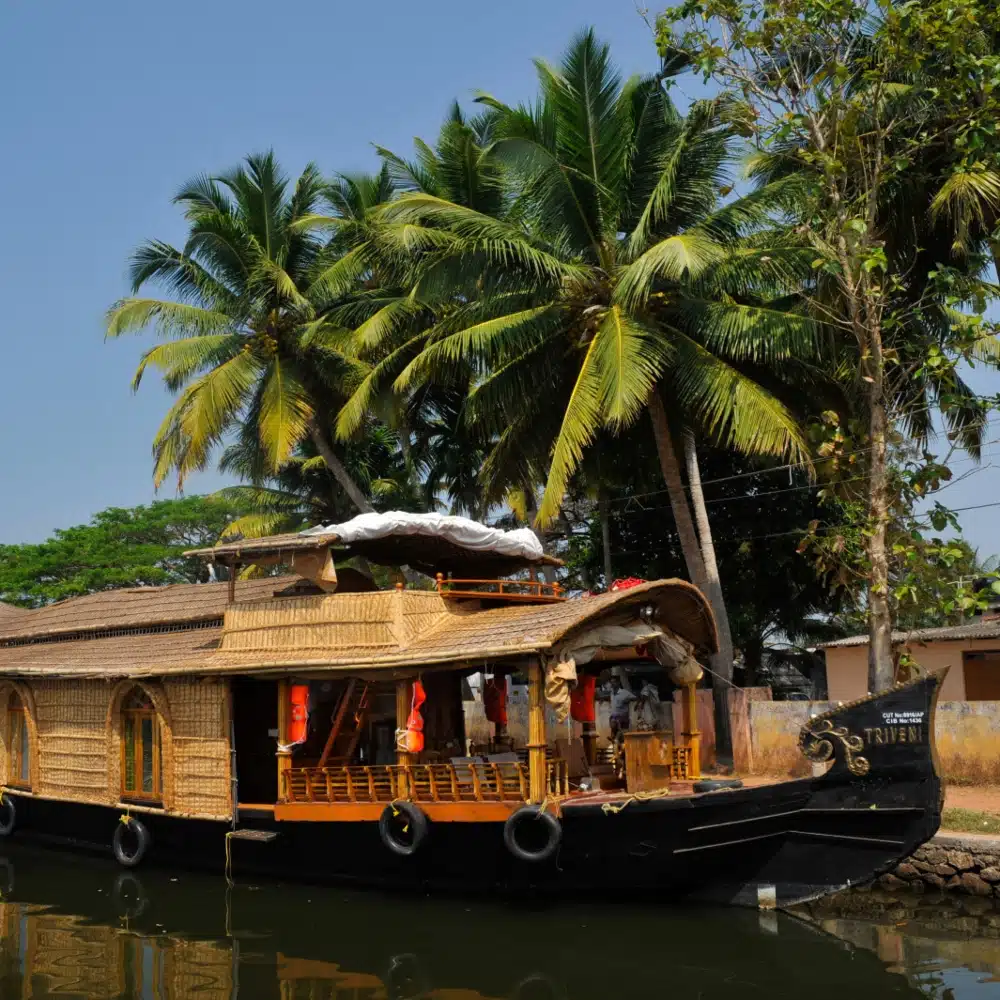
Churches and Convents of Goa
The city of Goa once ruled over the Portuguese Indies. Yet standing in its Basilica of Bom Jesus, you might just think you’re in a revered European city. This Renaissance gem boasts a façade inspired by Tuscan sensibilities and an interior marked by soaring Corinthian columns. And it’s not alone. There are no fewer than seven churches and convents that lend Old Goa a distinctly European atmosphere, each of them a powerful reminder of Portugal’s presence here from 1510 to 1961. These astonishing structures ushered Manueline, Mannerist, and baroque art into the region.
So it was that alongside Portugal’s financial and cultural might came a religious influence. Goa became an epicenter for missionary work whose aim was to Christianize the East. Jesuits, Franciscans, Dominicans, and other Catholic orders set up headquarters here. In several of their structures, the interiors – altars, paintings, furnishings, and the like – were created by local Goan artists and workers, creating a fascinating contrast that embraced the remarkable dual heritages of the converters and the converted.
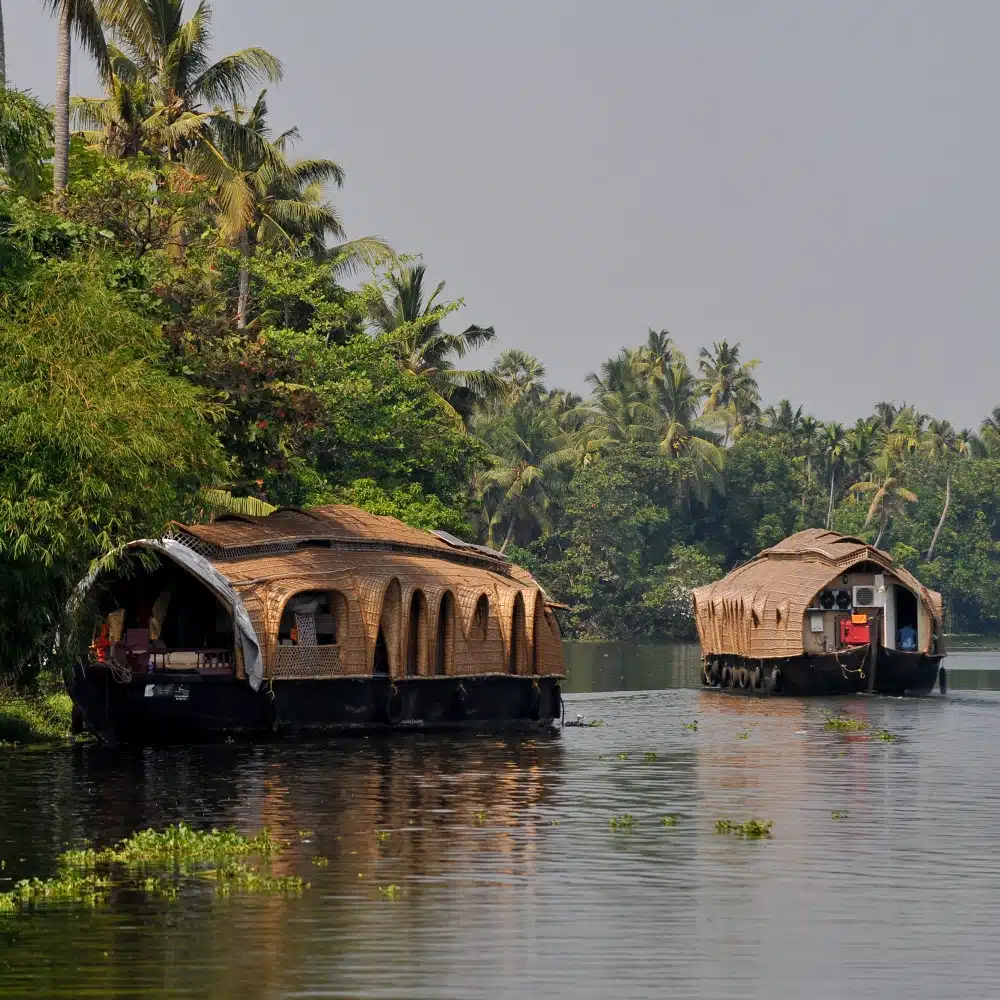
Mumbai’s Chhatrapati Shivaji Maharaj Terminus
Speaking of dual heritage, few buildings in the world embody an architectural convergence of two cultures as dramatically as Mumbai’s Chhatrapati Shivaji Maharaj Terminus, once known as Victoria Terminus Station. This stunning Victorian Gothic Revival structure alone earned Bombay – as the city was known in 1888, when construction was completed – the nickname, “Gothic City.”
Exuberant and flamboyant are two words that have been used to describe this breathtaking train station. Though it was designed by a British architect, Indian craftsmen were brought into the project to infuse some local traditions and touches typically found in Indian palaces. Indian sandstone, limestone, and blue stone merge with Italian marble. Extravagant flourishes typically found in the most celebrated buildings of both countries share center stage. The result is a splendid structure dominated by a stone dome, slender turrets, and pointed arches that would seem equally at home in London as it is here in Mumbai.
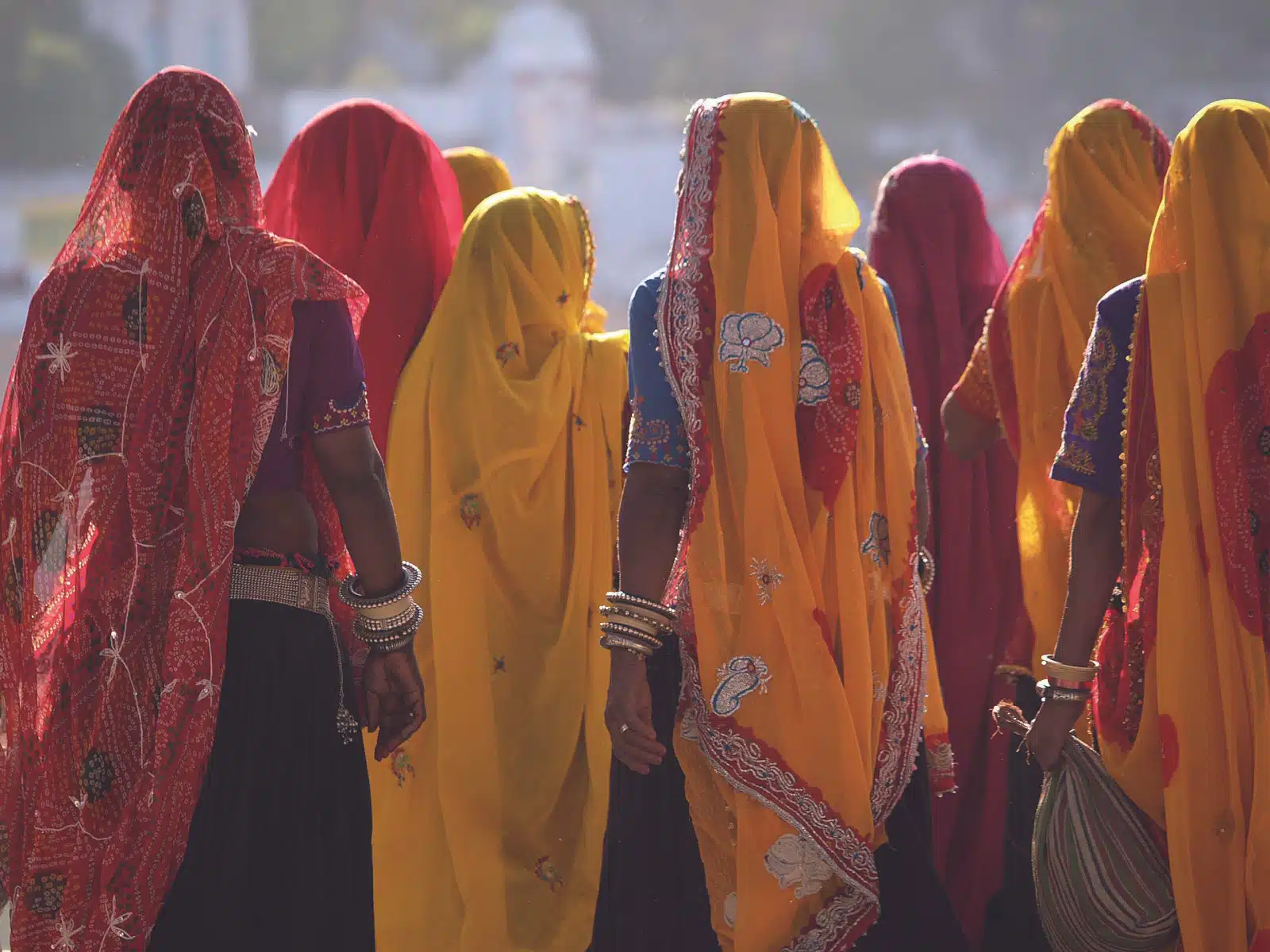

Join PONANT for Endless Insight and Illumination
PONANT gives you access to the heart of the Indian subcontinent, one of the world’s most elusive and surprising destinations. We hope you’ll join us on our luxury small-ship cruise as we explore the Treasures of India, including visits to three of the region’s most breathtaking UNESCO World Heritage sites.

